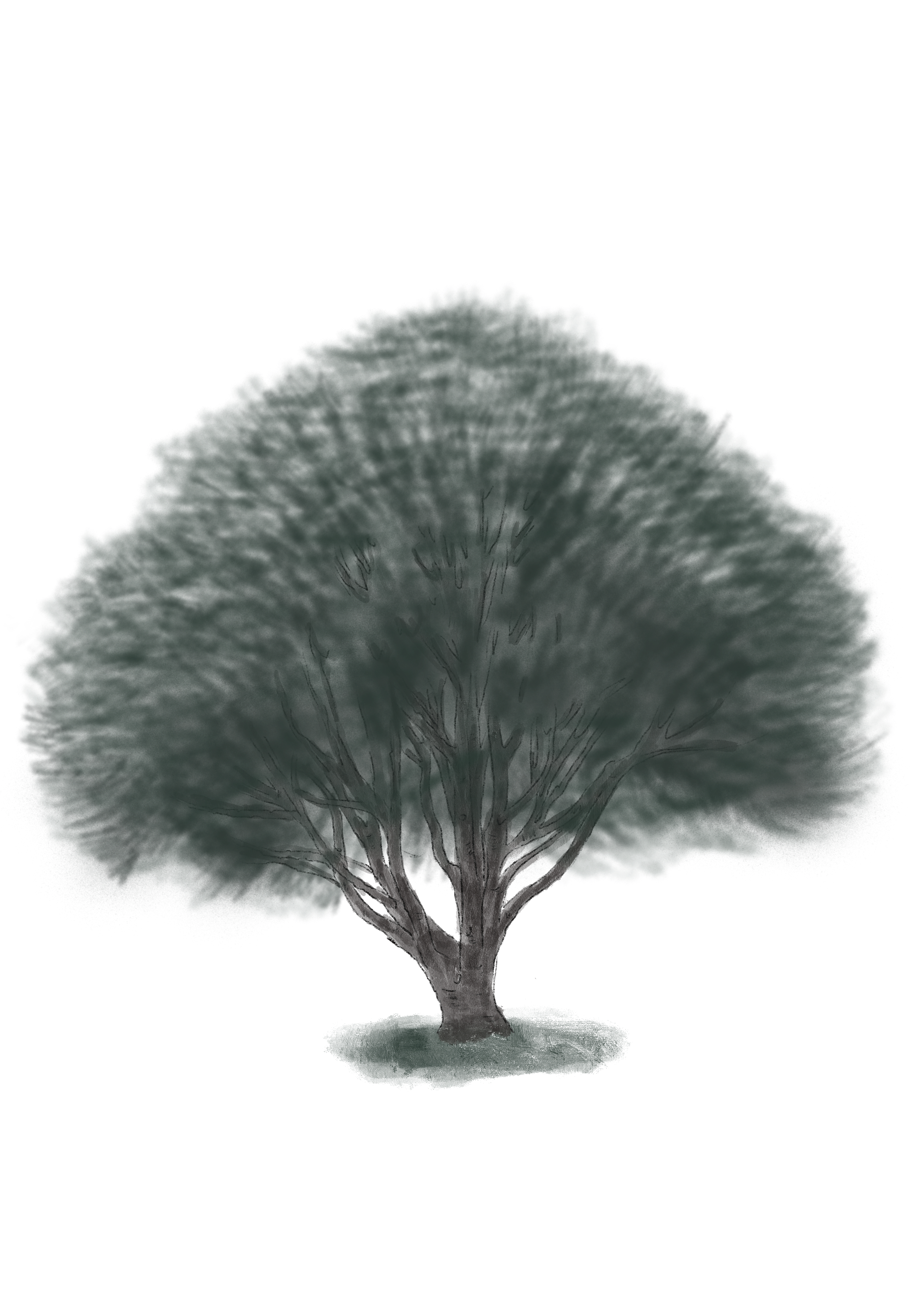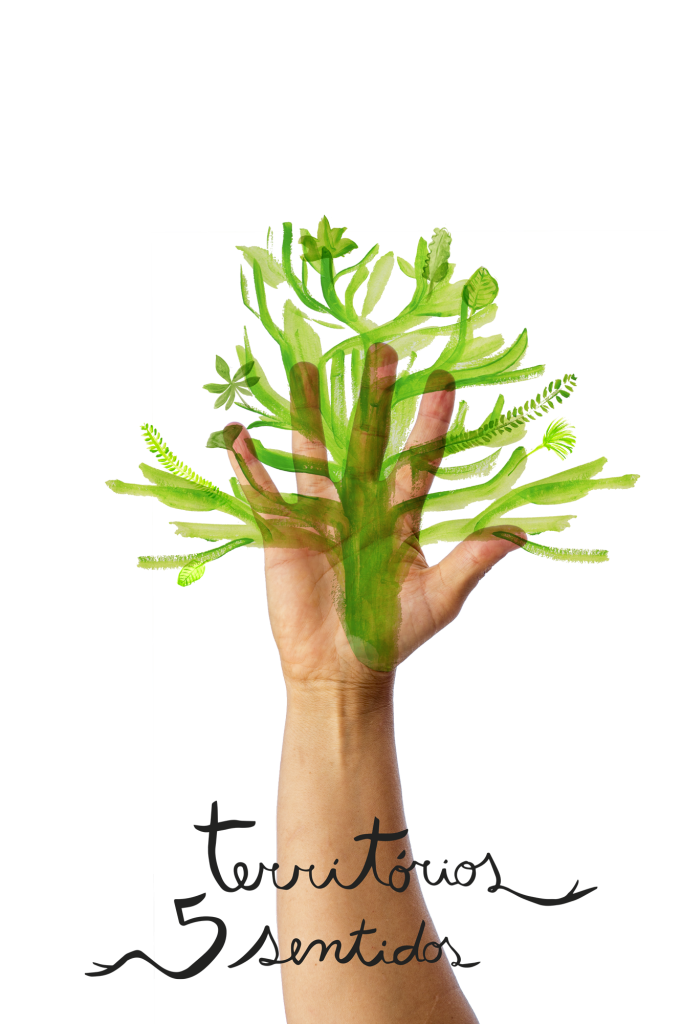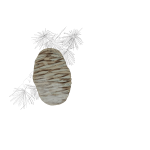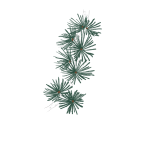

Atlantic Cedar
Cedrus atlantica
Originally from the Atlas Mountains of Algeria and Morocco, it was introduced in the last century to other continents. In Europe, it is spread across several countries for ornamental use. In some countries, such as France, there is a significant increase in its area devoted to forestry use. It is found in medium and high mountains, between 1000 m and 2800 m altitude.
In Portugal, it is found, among others, in the Sintra, Buçaco, Estrela, and Gerês Mountains, above 800 m, in southern and western locations.
The treetop is pronouncedly conical when young, with ascending, rather straight branches; at adult age, the crown tends to widen, becoming rounded at the top and presenting large, ascending, horizontal branches, rarely prostrate. The stem is frequently devoid of branches by several metres, bifurcates in some cases, and can reach 40-50 m in height and 1.5 m in diameter; it can reach an age of over 700 years old.
It is a xerophilous species. It grows in a temperature range varying from -25 to 45°C. It withstands drought (provided it is not for extremely long periods of time), winter cold, and snow; it is sensitive to late frost. It adapts to irregular climates (lack of precipitations alternating with years of rainfall
It has a preference for soils that develop over fissured rock, it grows well even in shallow soils, since it has a root system capable of breaking through the soil. It grows well in a variety of soil types, including chalky soils, as long as they are not dense. It produces abundant fruit from the age of 30 onwards, at intervals of 3-5 years.
The wood is yellowish brown or pinkish in tone; it is scented, without resinous channels, and dries quickly without becoming misshapen. It is easy to craft and is also very durable. The material is considered of average quality; in terms of technological properties, knots are the most important flaws. It produces good quality wood, used in fine carpentry, furniture, exteriors, veneer and paper pulp (mixed with other coniferous wood).
It has astringent, diuretic, antibacterial, antiseptic, fungicidal. It also stimulates the cardiorespiratory system and acts as a e Central Nervous System depressant. It is an expectorant and sedative, useful in cases of sinusitis, pharyngitis, flu, bronchitis and bronchial catarrh. It can also be used in dermatological treatments, lung infections, cystitis, and to prevent dandruff.
It is of great aesthetic value given to its impressive size. It is not very susceptible to fire and its dense stands create a shady cover, which provides rapid soil coverage, preventing the growth of easily inflammable heliophytic bushes It is thus, particularly of importance for fire protection and the restoration of recently burnt ecosystems.
Video
Video Botanical Trail
Município de Castanheira de Pera
Atlantic Cedar





